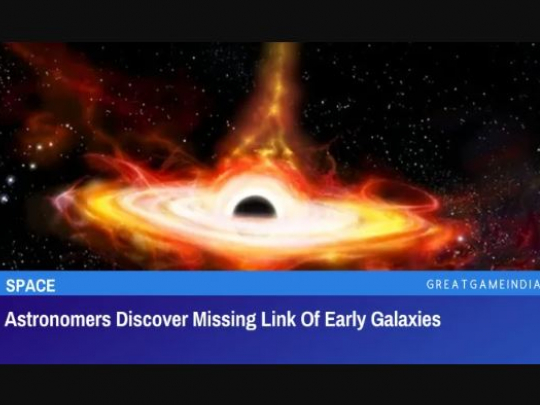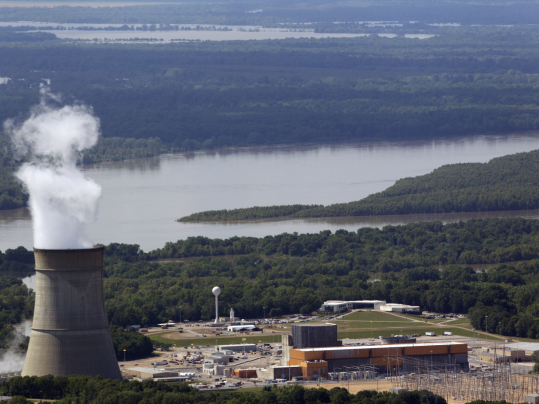Astronomers Discover Missing Link Of Early Galaxies

NASA astronomers have, with the help of Hubble, discovered a galaxy dubbed GNz7q, which maybe the missing link between early luminous quasars and starburst galaxies.
Hubble may be nearing the end of it’s story, but the data it acquired over the decades continues to pay off. NASA has discovered a galaxy that could represent the “missing link” between two early stages of a galaxy’s existence.
Astronomers believe the galaxy, dubbed GNz7q, has a rapidly developing blackhole at its heart, which could help explain how supermassive blackholes, which have masses millions or billions of times that of our sun, grow so quickly.
In what is known as the dawn of the universe, the galaxy existed only 750 million years after the big bang. Supermassive blackholes, according to scientists, begin as dusty starbursts, a period when stars grow at a rapid rate. They then discharge vast amounts of dust and gas, transforming into a luminous quasar, a luminous galactic nucleus thousands of times brighter than our own Milky Way galaxy.
While luminous quasars and starburst galaxies are extremely rare, space telescopes have detected them both. GNz7q, according to astronomers, could be the missing link connecting the two. It combines the best of both worlds and exactly replicates the qualities of the transition phase predicted in simulations but never seen in reality.
Seiji Fujimoto, the lead author of the report describing GNz7q’s finding, remarked, “GNz7q provides a direct connection between these two rare populations and provides a new avenue toward understanding the rapid growth of supermassive black holes in the early days of the universe.” “Our discovery provides an example of precursors to the supermassive black holes we observe at later epochs.”
The GNz7q was discovered in an area of the sky that has already been extensively examined. It was identified thanks to the abundance of data on that portion of the sky, particularly multiwavelength data sets, without which the young galaxy would have been overlooked. It was easy to overlook GNz7q since it lacked some of the distinguishing characteristics of luminous quasars.
Scientists plan to use the NASA James Webb Space Telescope, which has specific spectroscopic sensors that will allow it to investigate events like GNz7q in greater detail, to explore the sky for comparable objects now that they know what to look for and where to look for it.
“Once in regular operation, Webb will have the power to decisively determine how common these rapidly growing black holes truly are.” Fujimoto concluded.
- Source : GreatGameIndia


















